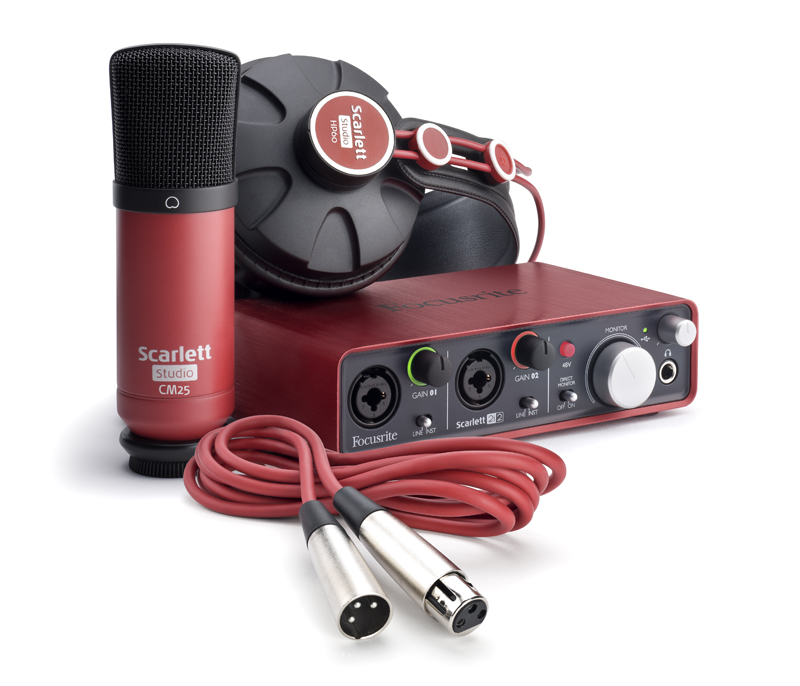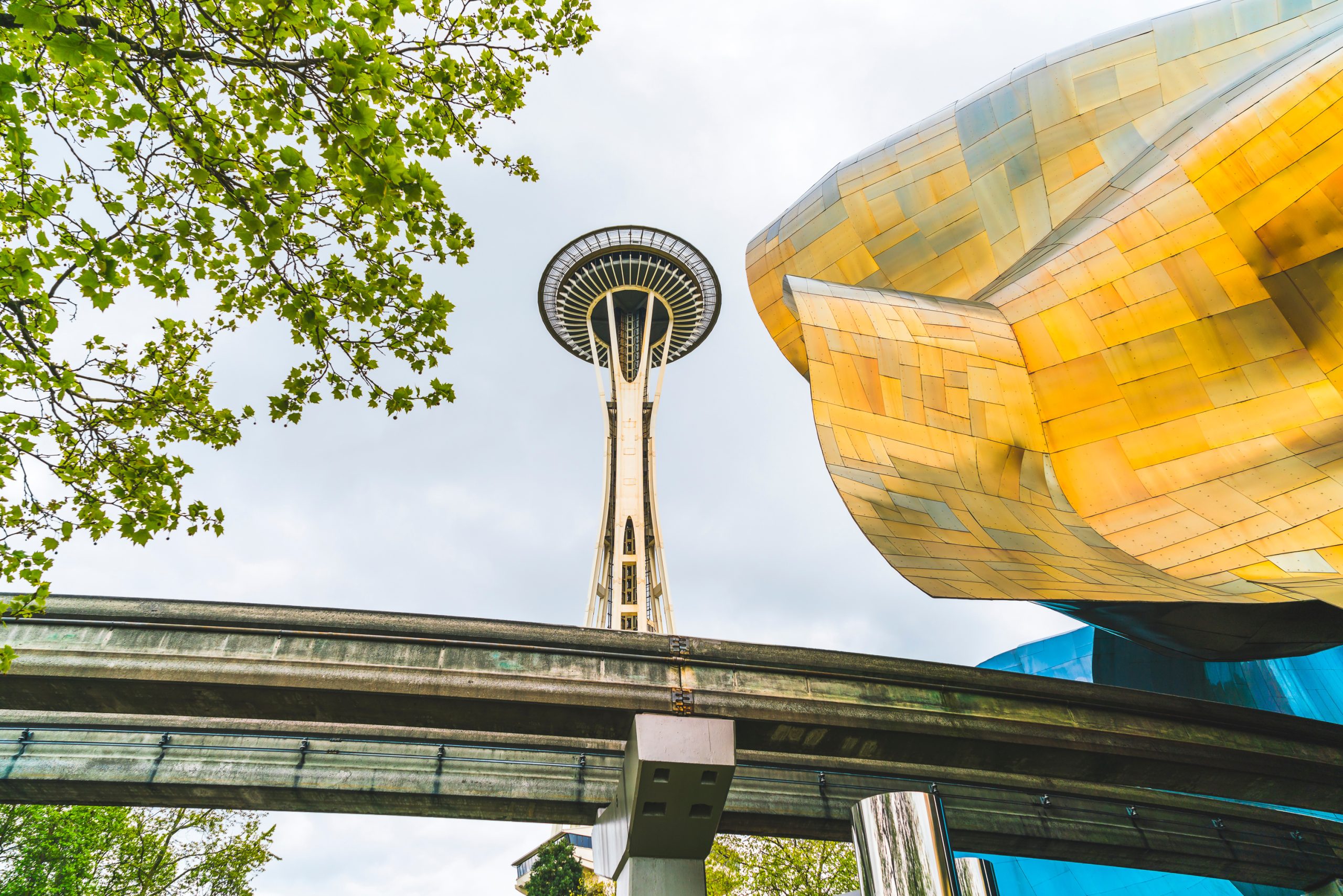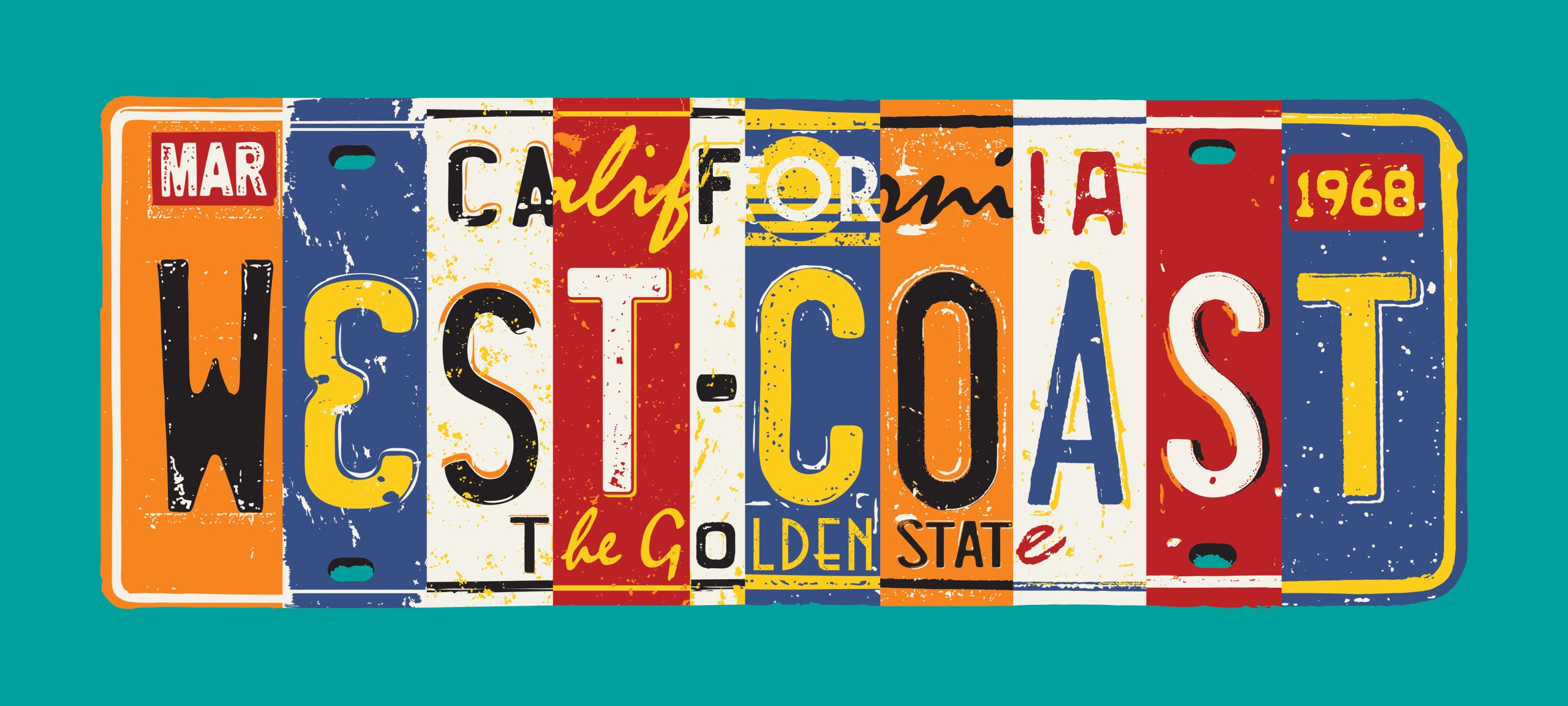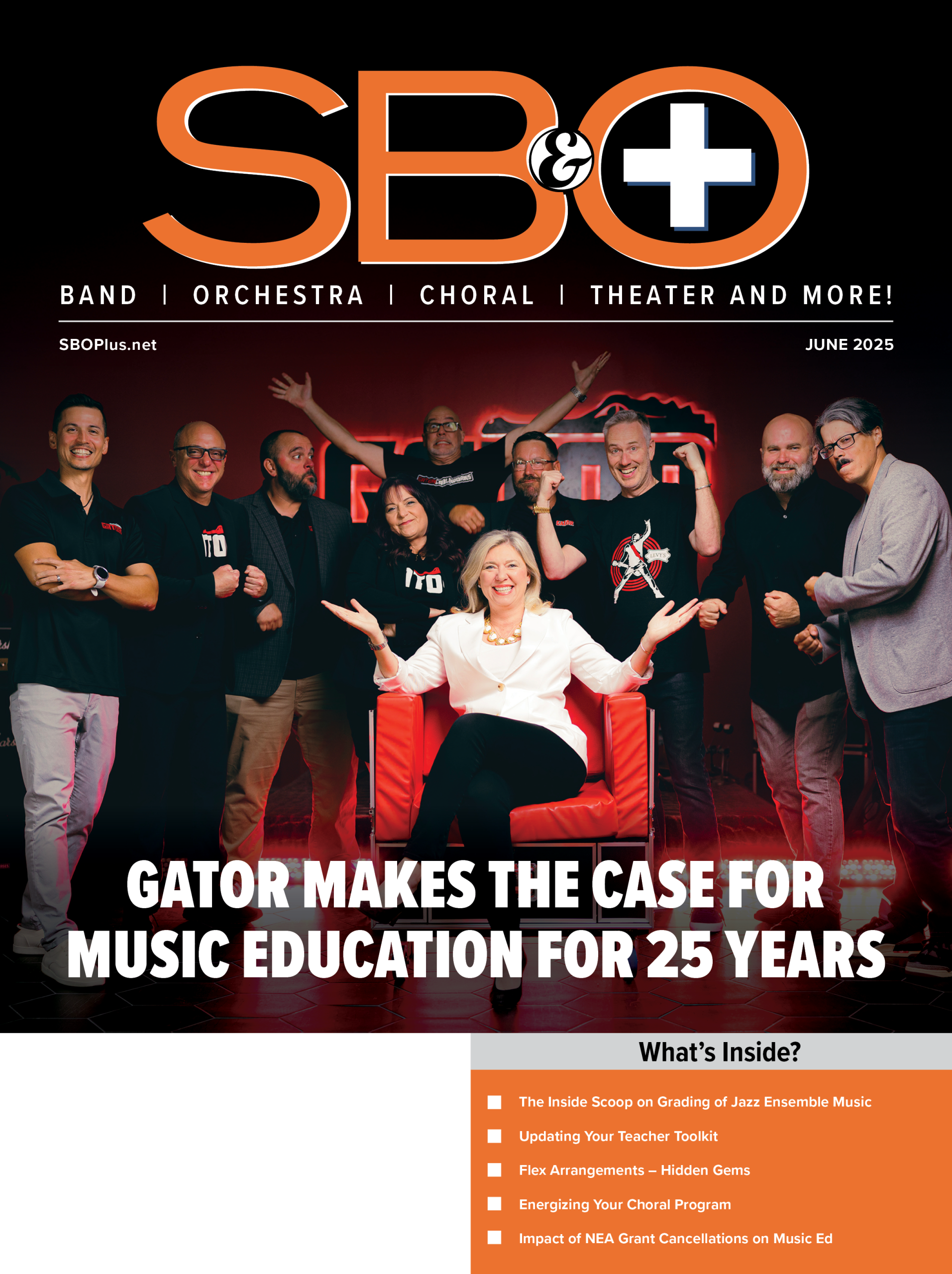Band, choir, and orchestra are some of the most visible music making experiences in our schools. These ensembles and their leaders can make a significant impact on the future of music and music education.

Students who participate in these ensembles and students in music classes that are not large ensemble oriented are the future of music education. Amid teaching and making music daily it is sometimes easy to miss opportunities to acknowledge while many students may not select music teaching as their career pathway, they can have a significant impact on the future of the music profession. Simultaneously, in many programs there are students who recognize the impact music and music teaching has had on them and want to pursue the music teaching profession as a career.
As wonderful as the music teaching profession is, there are increasing barriers for students who desire to follow in the footsteps of their music teachers. It is likely a significant number of music teachers have recognized barriers impeding students from joining the music teaching profession. To understand, support, and make meaningful changes for tomorrow’s music teachers, significant efforts are underway across the music education landscape.
The Blueprint for Strengthening the Music Teacher Profession include hyperlink in online version a report on the work of the Music Teacher Profession Initiative (MTPI), was released by the National Association for Music Education (NAfME) in 2023.
The MTPI task force worked in collaboration with 24 institutions of higher education selected to be a part of the conversation as well as music education leaders from across the United States to identify factors impacting diversity, recruitment, and retention in the music teacher profession, and mitigation strategies to address these concerns.
Focusing on the music teacher profession, the Blueprint offers insights into both challenges and mitigations framing the future of music teaching before the degree program, during the degree program, and during the first five years of the degree program. From this point, the MTPI has transitioned at NAfME into the Music Teacher Profession Advisory Council (MTPAC). With the Blueprint as a framework, subcommittees of the MTPAC are hard at work to move the music teaching profession forward.
While there are many opportunities for the short and long term noted in the Blueprint that can be helpful for practicing music educators, what—in the very busy midst of making music through the ensemble experience—can an individual music teacher do to help grow the music teaching profession and support their students to make and value music beyond high school?
Music students often hang on the words and encouragement of their teachers as much as anything. Knowing the tremendous impact music teachers have on their students, consider these five broad strategies to help draw attention to and advocate for the music teaching profession and individual school music programs now and in the future.
Engage the Community
Look for ways to integrate the school music program and its students into community activities and events. Participate in local ensembles, organize music workshops, or collaborate with other artists in the area.
Seek opportunities to engage with music makers and music making experiences earlier in the PK12 continuum and beyond PK12 into higher education. At all levels of music making and throughout the community, involving students in service projects is tremendously rewarding and collaborative. Bringing those who do not understand what music does for students and the community to common understanding elevates the importance of the music program and its students. Don’t miss opportunities to thank the community for their support and always recognize administrators, board members, civic leaders, parents, and grandparents when they attend and support performances and events. Community engagement helps develop a supportive network and opens new pathways for the musical expression of students.
Embrace Technology
Staying current with technological advancements in music and emerging innovations in generative artificial intelligence (AI) can have a significant impact on supporting the school music program. Like many others, the music industry is constantly evolving, and being proficient with digital tools can open new opportunities for creating, performing, and sharing music. Don’t forget AI can help music teachers complete administrative tasks that consume much needed time such as generating schedules and itineraries. Used intentionally, AI is an extremely powerful tool for data analysis supporting the administration and instruction within the school music program.
Of recent technologies, AI is particularly suited to be helpful to music programs. Broadly, AI can assist with personalized learning for music students and can adapt to individual student needs, providing customized exercises and feedback for music theory, ear training, and composition. AI can also assist in grading music theory assignments or evaluating performances, freeing up time for teachers to focus on other aspects of their instruction.
Using AI can supplement the large ensemble experience for students, providing opportunities for them to use virtual instrument simulations through AI-powered software. These simulated instruments allow students to experiment with different sounds and techniques. AI tools can help students generate musical ideas or complete partial compositions, serving as a creative aid in the learning process. AI-enhanced practice apps can listen to student performances and provide real-time feedback on pitch, rhythm, and other musical elements.
Seek Mentorship and Grow Advocacy Tools
Making connections with experienced musicians and music educators who can provide guidance and support is one of the most important tools available in growing as a teacher and in growing students. Beyond initial or surface-level connections, intentionally building relationships within the music community can lead to valuable learning experiences and highlight potential career opportunities for students.
The mentoring process cultivates and is centered in relationship building. Concurrently, relationships build a foundation for music advocacy. No matter the experience level of a music teacher, growing from the mentorship of others in the profession and serving as a mentor for students (especially those interested in the pursuit of music as a career) is powerful and gratifying. If unsure about ways to seek or be a mentor or how to effectively advocate, membership in professional associations like NAfME provides access to a key partner that can support access to networking opportunities and resources for both mentorship and advocacy. No matter the place in one’s musical journey, having a mentor and mentoring others is a cornerstone of growing both personally and professionally.
Simply stated, advocacy is persuading others to act positively on our behalf or cause. Advocacy is not limited to politics, curriculum, or federal funds. By connecting and building relationships with others in the music education space, both the mentoring and advocacy tool kit are sure to grow, providing many rewards. Professional associations like NAfME can provide exceptional resources on mentorship and advocacy.
Influence Students to Consider Music Education as a Career Path
Provide insight, support, and assistance to students who are deeply passionate about music to explore the possibility of becoming a music educator. Often a “win-win” for PK12 music programs are mentor or partnership opportunities where collegiate music education students work with younger students. It is important to remind prospective music education majors of wonderful music teaching opportunities that exist alongside our cherished large ensemble experiences. The value of elementary music teachers and general music specialists cannot be overstated. In addition to collegiate students partnering with the school music program, opportunities for high school students to mentor middle and elementary musicians can be profound and have long-lasting impacts on their idea of what it means to be a music teacher.
Being mindful of general admission criteria to higher education institutions in addition to music specific criteria is helpful to students. They and their parents are inundated with information from multiple sources throughout high school including other parents, teachers, counselors, administrators, and the school district. Often the simple act of the music teacher sharing their story and journey preparing for and selecting music as a career makes the possibility more of a reality for a student. Additionally, students need to hear examples of how classmates were and are successful in both non-musical and musical coursework. While it is true there are tough days for those teaching music at all levels, taking the time to emphasize to students the positive personal impacts of music and the positive impacts within the community by sharing success stories and testimonials is powerful. If this voice is not elevated, students may not always hear, see, or understand the true value and personal reward the music teaching profession offers.
By taking the time to consider and understand some of the additional barriers students experience entering the profession identified in the Blueprint, make it a point to partner with students and their parents to mitigate these obstacles if they show interest in a music teaching career. Be on the lookout for students who may need additional support or resources. Help connect them early and often with uplifting influences and experiences. Never forget that in addition to needing more music teachers, there’s a significant need for diverse, culturally responsive ones who can inspire the next generation of musicians. Sometimes all it takes is encouragement from a student’s trusted role model to help them make the choice to enter our profession.
Expand Musical Horizons
The large ensemble experience is a significant part of the culture of many schools. To supplement or enhance this experience, try introducing new music courses or after-school experiences that are complementary to the current experience. With every opportunity possible, it is important to broaden the musical perspective to include music representative of many cultures and communities in addition to traditional western art music. Explore diverse musical styles and practices to reflect the communities served by the music teacher and program. Student-driven musical projects or ensembles that can run parallel to the large ensemble are often very helpful to connect students to ideas that interest and resonate with them. Connecting to the wider range of musical experiences of both students and audiences can often invigorate interest in the school music program.
Together, it is possible to think beyond high school and cultivate music for the future. Enacting even a few of these strategies will help students grow in their musical experience and contribute to the evolving landscape of music education and performance after high school.
NAfME.org






























